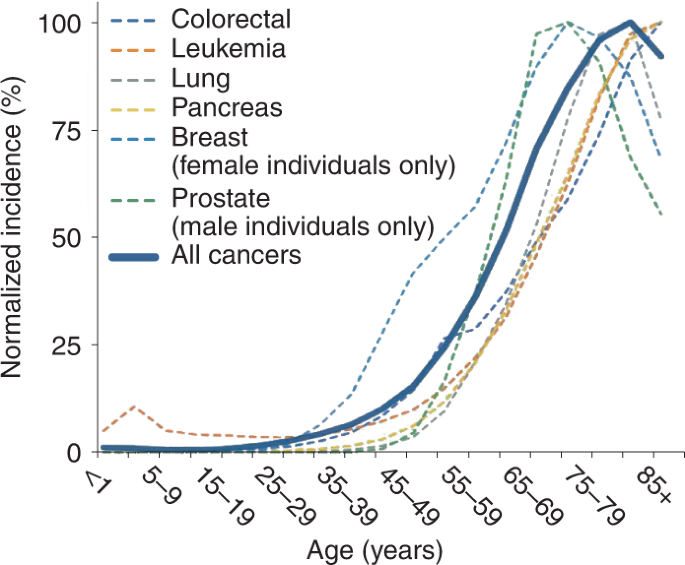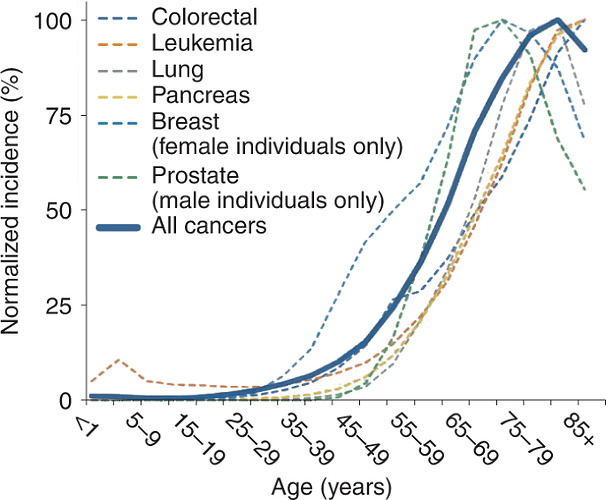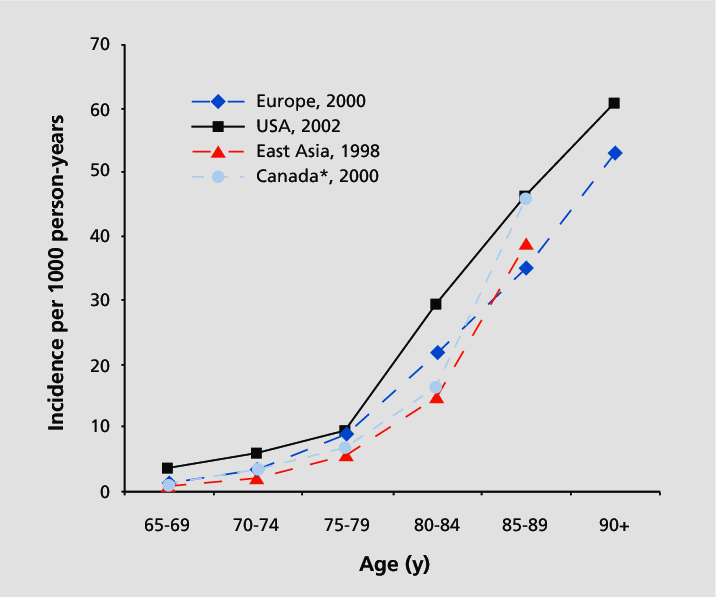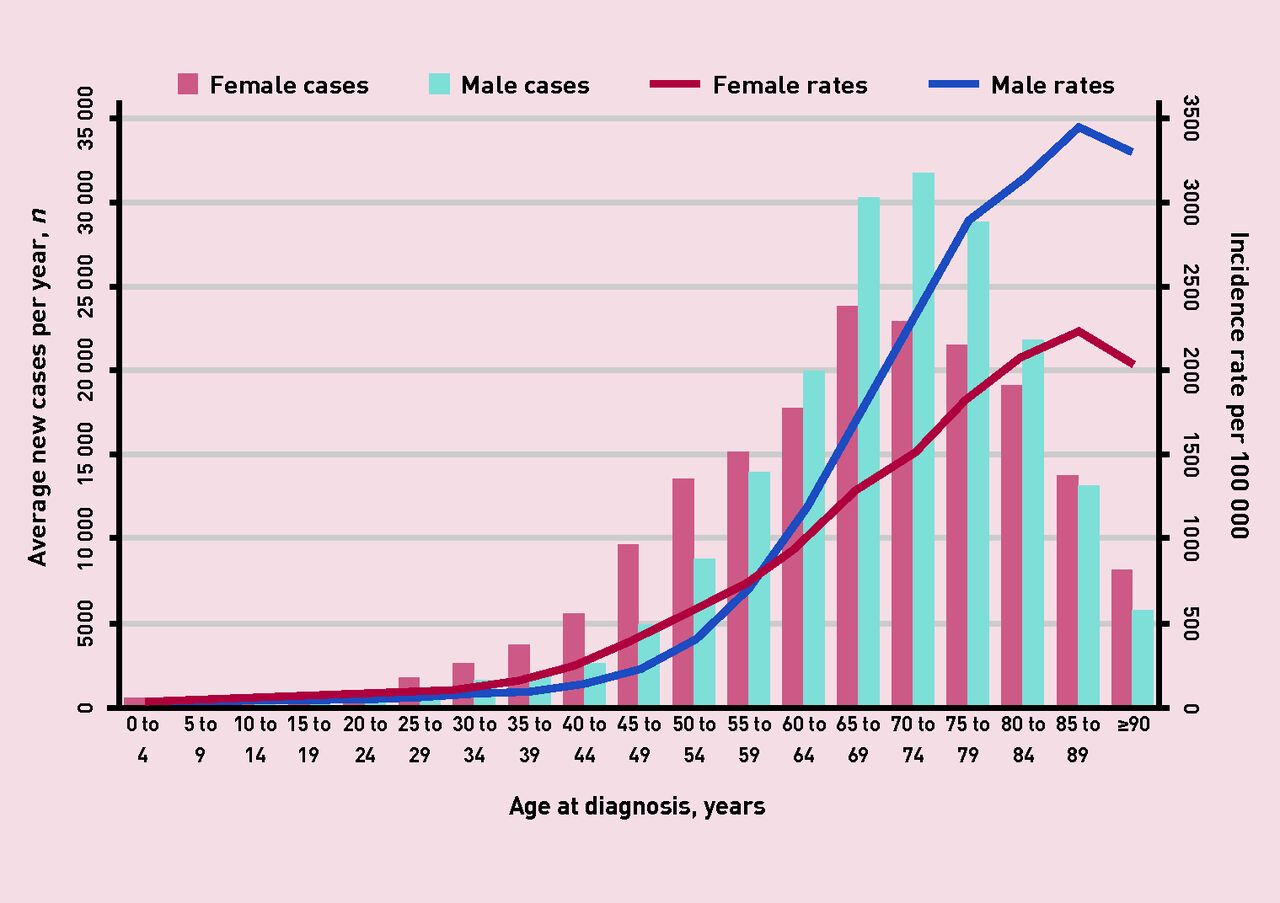I’ll be making an Acarbose guide hopefully within the next few days. Including its metabolic benefits, Dosing, Methods to enhance the efficacy, And its limitations in blunting glucose spikes and potential pitfalls.
Great, Rami! Share it here on rapamycin.news ![]() Are you taking acarbose and/or rapamycin? If yes, what dose regime are you using?
Are you taking acarbose and/or rapamycin? If yes, what dose regime are you using?
Yes - its dosed every meal, with the first bite of the meal. It lasts/is effective for about 2 hours after you take it. Dosing is 25mg to 50mg to 100mg tablets. Read this thread: Acarbose - Details On Another Top Anti-Aging Drug
Curious, is there a cohort that combines rapa + metformin + acarbose? To see if metformin and acarbose have synergistic effects?
Not yet. The ITP has only done combinations of two drugs so far.
Here is a list of all the compounds tested (and being tested right now) by the ITP, and combinations of compounds/drugs:
Is it just me, or does the ITP testing only 6 compounds a year seem very small? I think we need more trials.
Just out of curiosity, does anyone know how much it costs to fund a mouse trial at the ITP? Do they accept donations to do more?
Yes - its insane. The annual budget for the ITP program is about $5 Million I believe. I think each mouse trial is about $500K. Rediculously underfunded given the NIH budget is $45 Billion.
The Interventions Testing Program (ITP) tests intervention strategies that may delay aging in mammals under standardized conditions.The interventions’ effects on aging are measured by lifespan extension and/or delayed onset/severity of late life pathologies. Compounds are proposed by the research community and the general public. Pilot studies of compound stability, toxicity, and bioavailability are performed before new compounds are entered into the testing pipeline. Testing by the ITP follows two Stages: Stage I and Stage II. In Stage I studies, a single dose of a candidate compound is administered chronically from an established adult age. In Stage II studies, multiple doses, different administration regimens, multiple compounds, or a combination thereof are tested based on promising data from Stage I studies. Lifespan is the primary outcome for the ITP. Secondary outcomes include, but are not limited to, geropathology assessment at set time-point(s) after initiating the intervention and pathology at death, selected animal vital records (e.g., weight) across the lifespan, and molecular phenotypes. The ITP also collects tissues that are made available to the research community for ancillary studies through the Interventions Biospecimens Repository (IBR). A Data Coordinating Center (DCC) supports the ITP by providing a hub for storing documentation and data, performing statistical analyses, and ensuring the public sharing of the data generated by the ITP through a dedicate
$5 million is just lip service, but better than nothing. Seriously, they should consider ponying up about 10X more. That’d still only be 0.1% of their budget!
I wonder how much other diseases get for funding?
The national cancer institute gets $7.3 Billion/year:
Here are all the other categories under the NIH:
Aging actually has a large budget:
Aging $2,556 $2,698 $3,150 $3,572 $4,084 $4,653 $5,276 $5,657 $6,069 $5,838
Lot’s of small grants in the $100,000s. I guess it’s the shotgun effect to promote small research projects. So, in comparison, $5,000,000 is a pretty big project.
Lots of amyloid-Alzheimers studies. I thought they said the amyloid/Alzheimer link was based on bad data. They sure are throwing billions of dollars at it though!
Mostly its alzheimers related… Not aging. The biology of aging dept only gets about $350 million a year.
Seems they think Alzheimer’s is synonymous with aging.
Right… Pretty stupid. Why is alzheimers classified as “aging” but cancer not? Seems pretty arbitrary.
Cancer trend with Age:
Age-specific incidence of Alzheimer’s disease (per 1000 person years) across continents and countries. *, incidence of all types of dementia
That’s really sad, why can’t ITP program get more fund? Are there any way that we can help ITP program?
Is anyone aware of information about whether ACE inhibitors or ARBs or superior for lifespan extension? I take telmisartan, but it an ACE inhibitor has superior longevity effects I might consider switching.
I’m not sure - but here are some past threads discussing related issues:
Here: Ace Inhibitors and Rapamycin
Here: Captopril; Another Anti-aging Drug, 4% to 5% Lifespan Increase in Females
Hi, im not sure i understand the cancer chart. What is normalized incidence? Does this show that by age 80 we can expect to each have 1 incident of cancer on average?

I don’t suppose you have source.
It seems a lot cf to Cancer incidence by age | Cancer Research UK
This must be tracking age when cancer appears, but only if it appears.
Pity we can’t get Bryan Johnson to direct some of his money💰 toward the ITP, surely he must have vested interest in the results, as he uses most of the drugs highlighted by the ITP


